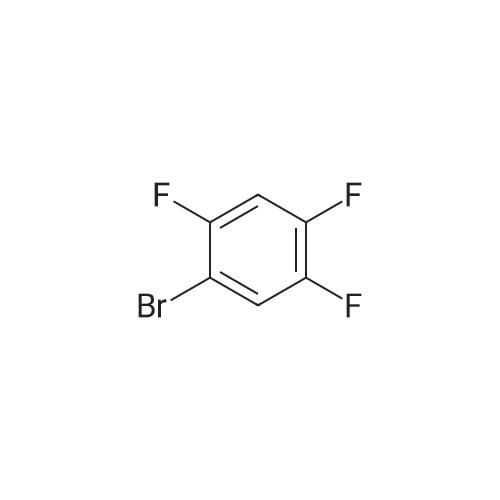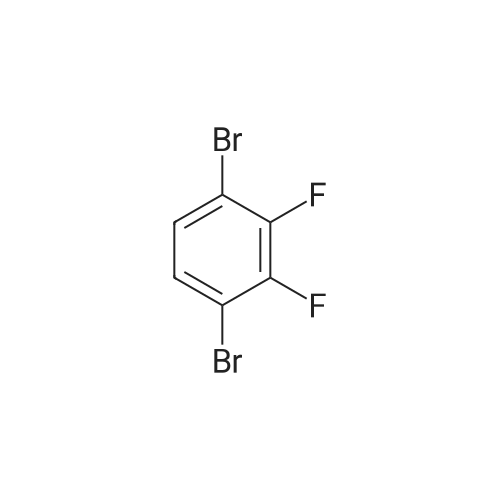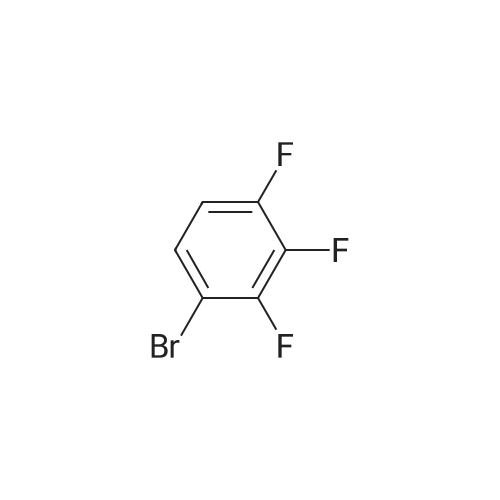


*Storage: {[sel_prStorage]}
*Shipping: {[sel_prShipping]}
4.5




 *For research use only!
*For research use only!
Change View
| Size | Price | VIP Price | USA Stock *0-1 Day |
Global Stock *5-7 Days |
In Stock | ||
| {[ item.pr_size ]} |
Inquiry
{[ getRatePrice(item.pr_usd, 1,1,item.pr_is_large_size_no_price, item.pr_usd) ]} {[ getRatePrice(item.pr_usd,item.pr_rate,1,item.pr_is_large_size_no_price, item.discount_usd) ]} {[ getRatePrice(item.pr_usd, 1,1,item.pr_is_large_size_no_price, item.pr_usd) ]} |
Inquiry {[ getRatePrice(item.pr_usd,item.pr_rate,item.mem_rate,item.pr_is_large_size_no_price, item.vip_usd) ]} | Inquiry {[ item.pr_usastock ]} In Stock Inquiry - | {[ item.pr_chinastock ]} {[ item.pr_remark ]} In Stock 1-2 weeks - Inquiry - | Login | - + | Inquiry |
Please Login or Create an Account to: See VIP prices and availability
1-2weeks
Inquiry
{[ getRatePrice(item.pr_usd,item.pr_rate,item.mem_rate,item.pr_is_large_size_no_price, item.vip_usd) ]}
{[ getRatePrice(item.pr_usd, 1,1,item.pr_is_large_size_no_price, item.pr_usd) ]}
{[ getRatePrice(item.pr_usd,1,item.mem_rate,item.pr_is_large_size_no_price, item.pr_usd) ]}
Inquiry
{[ getRatePrice(item.pr_usd,item.pr_rate,1,item.pr_is_large_size_no_price, item.vip_usd) ]}
{[ getRatePrice(item.pr_usd, 1,1,item.pr_is_large_size_no_price, item.pr_usd) ]}
{[ getRatePrice(item.pr_usd, 1,1,item.pr_is_large_size_no_price, item.pr_usd) ]}
In Stock
- +
Please Login or Create an Account to: See VIP prices and availability
Search for reports by entering the product batch number.
Batch number can be found on the product's label following the word 'Batch'.
Search for reports by entering the product batch number.
Batch number can be found on the product's label following the word 'Batch'.
Search for reports by entering the product batch number.
Batch number can be found on the product's label following the word 'Batch'.
Search for reports by entering the product batch number.
Batch number can be found on the product's label following the word 'Batch'.
Search for reports by entering the product batch number.
Batch number can be found on the product's label following the word 'Batch'.
| CAS No. : | 327-52-6 |
| Formula : | C6H2BrF3 |
| M.W : | 210.98 |
| MDL No. : | MFCD00000306 |
| InChI Key : | DVTULTINXNWGJY-UHFFFAOYSA-N |
| Pubchem ID : | 67597 |
| GHS Pictogram: |


|
| Signal Word: | Danger |
| Hazard Statements: | H225-H315-H319-H335 |
| Precautionary Statements: | P261-P305+P351+P338 |
| Class: | 3 |
| UN#: | 1993 |
| Packing Group: | Ⅲ |
| Num. heavy atoms | 10 |
| Num. arom. heavy atoms | 6 |
| Fraction Csp3 | 0.0 |
| Num. rotatable bonds | 0 |
| Num. H-bond acceptors | 3.0 |
| Num. H-bond donors | 0.0 |
| Molar Refractivity | 34.02 |
| TPSA ? Topological Polar Surface Area: Calculated from |
0.0 ?2 |
| Log Po/w (iLOGP)? iLOGP: in-house physics-based method implemented from |
2.1 |
| Log Po/w (XLOGP3)? XLOGP3: Atomistic and knowledge-based method calculated by |
2.91 |
| Log Po/w (WLOGP)? WLOGP: Atomistic method implemented from |
4.13 |
| Log Po/w (MLOGP)? MLOGP: Topological method implemented from |
4.33 |
| Log Po/w (SILICOS-IT)? SILICOS-IT: Hybrid fragmental/topological method calculated by |
3.8 |
| Consensus Log Po/w? Consensus Log Po/w: Average of all five predictions |
3.45 |
| Log S (ESOL):? ESOL: Topological method implemented from |
-3.43 |
| Solubility | 0.0792 mg/ml ; 0.000376 mol/l |
| Class? Solubility class: Log S scale |
Soluble |
| Log S (Ali)? Ali: Topological method implemented from |
-2.57 |
| Solubility | 0.567 mg/ml ; 0.00269 mol/l |
| Class? Solubility class: Log S scale |
Soluble |
| Log S (SILICOS-IT)? SILICOS-IT: Fragmental method calculated by |
-4.09 |
| Solubility | 0.017 mg/ml ; 0.0000805 mol/l |
| Class? Solubility class: Log S scale |
Moderately soluble |
| GI absorption? Gatrointestinal absorption: according to the white of the BOILED-Egg |
Low |
| BBB permeant? BBB permeation: according to the yolk of the BOILED-Egg |
Yes |
| P-gp substrate? P-glycoprotein substrate: SVM model built on 1033 molecules (training set) |
No |
| CYP1A2 inhibitor? Cytochrome P450 1A2 inhibitor: SVM model built on 9145 molecules (training set) |
No |
| CYP2C19 inhibitor? Cytochrome P450 2C19 inhibitor: SVM model built on 9272 molecules (training set) |
No |
| CYP2C9 inhibitor? Cytochrome P450 2C9 inhibitor: SVM model built on 5940 molecules (training set) |
No |
| CYP2D6 inhibitor? Cytochrome P450 2D6 inhibitor: SVM model built on 3664 molecules (training set) |
No |
| CYP3A4 inhibitor? Cytochrome P450 3A4 inhibitor: SVM model built on 7518 molecules (training set) |
No |
| Log Kp (skin permeation)? Skin permeation: QSPR model implemented from |
-5.52 cm/s |
| Lipinski? Lipinski (Pfizer) filter: implemented from |
1.0 |
| Ghose? Ghose filter: implemented from |
None |
| Veber? Veber (GSK) filter: implemented from |
0.0 |
| Egan? Egan (Pharmacia) filter: implemented from |
0.0 |
| Muegge? Muegge (Bayer) filter: implemented from |
1.0 |
| Bioavailability Score? Abbott Bioavailability Score: Probability of F > 10% in rat |
0.55 |
| PAINS? Pan Assay Interference Structures: implemented from |
0.0 alert |
| Brenk? Structural Alert: implemented from |
1.0 alert: heavy_metal |
| Leadlikeness? Leadlikeness: implemented from |
No; 1 violation:MW<1.0 |
| Synthetic accessibility? Synthetic accessibility score: from 1 (very easy) to 10 (very difficult) |
1.69 |
* All experimental methods are cited from the reference, please refer to the original source for details. We do not guarantee the accuracy of the content in the reference.

 [ 327-52-6 ]
[ 327-52-6 ]
 [ 1231892-80-0 ]
[ 1231892-80-0 ]
| Yield | Reaction Conditions | Operation in experiment |
|---|---|---|
| 13.1 g | [0478] A solution of 2-fluoro-3 -(4,4,5, 5-tetramethyl- 1,3 ,2-dioxaborolan-2-yl)aniline (26.0 g, 110 mmol), 1-bromo-2,4,5-trifluorobenzene (12.5 g, 60 mmol), and K2C03 (38 g, 275 mmol) in co-solvent of dioxane (250 mL) and water (63 mL) was degassed and refilled with argon twice. To this solution was added Pd(dppf)2C12 (8.04g) under an atmosphere of argon. The solution was refluxed for 15 h. The reaction mixture was cooled to rt and the volatiles were removed under reduced pressure. The remaining residue was purified by column chromatography. The desired product fractions were collected and concentrated, and then the HC1 salt S3 was made by treatment with HC1/MeOH to yield 13.1 g of S3. |

A105757[ 156682-52-9 ]
1,4-Dibromo-2,3-difluorobenzene
Similarity: 0.92

A666158[ 176317-02-5 ]
1-Bromo-2,3,4-trifluorobenzene
Similarity: 0.90

A105757[ 156682-52-9 ]
1,4-Dibromo-2,3-difluorobenzene
Similarity: 0.92

A666158[ 176317-02-5 ]
1-Bromo-2,3,4-trifluorobenzene
Similarity: 0.90

A105757[ 156682-52-9 ]
1,4-Dibromo-2,3-difluorobenzene
Similarity: 0.92

A666158[ 176317-02-5 ]
1-Bromo-2,3,4-trifluorobenzene
Similarity: 0.90